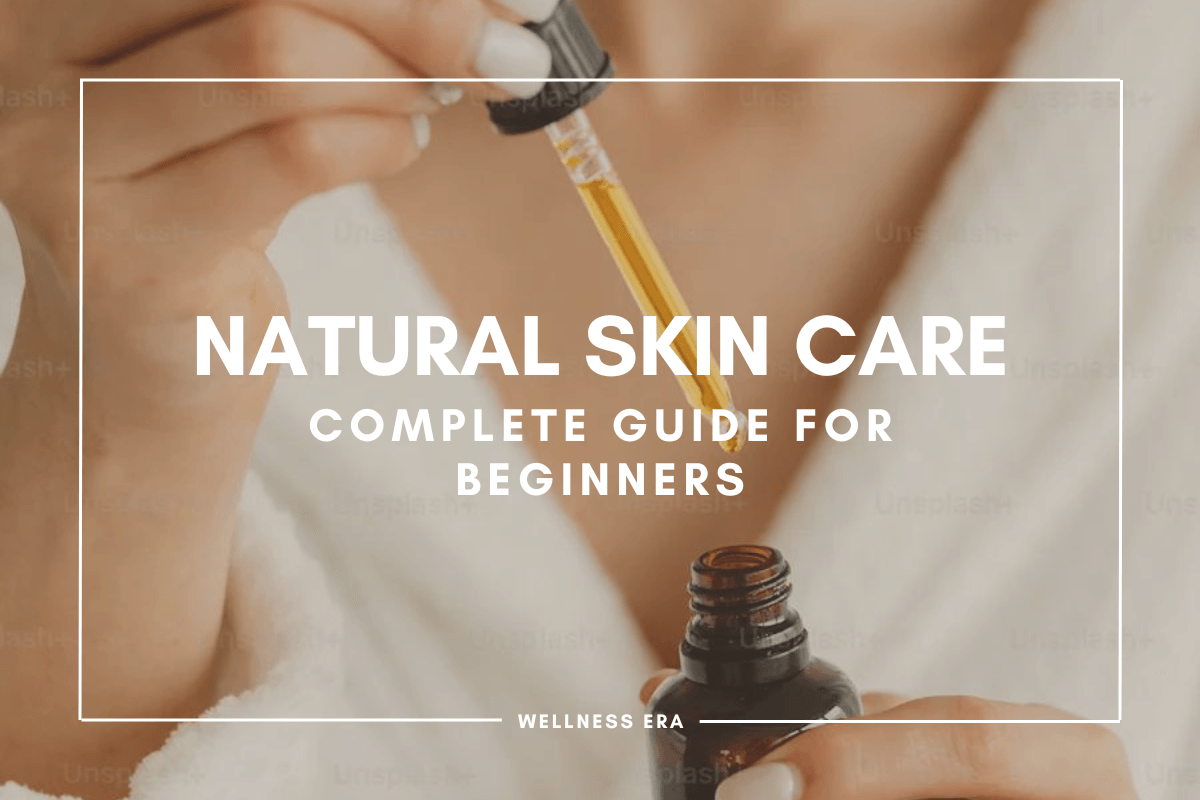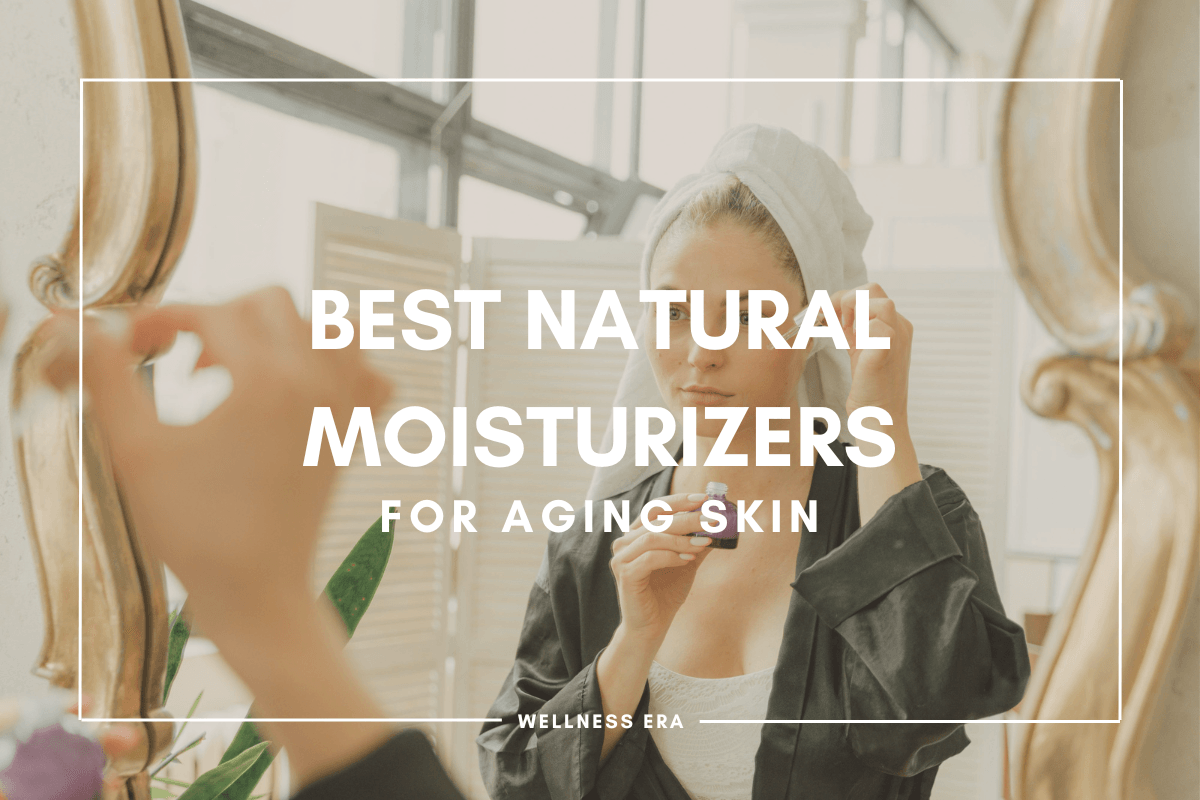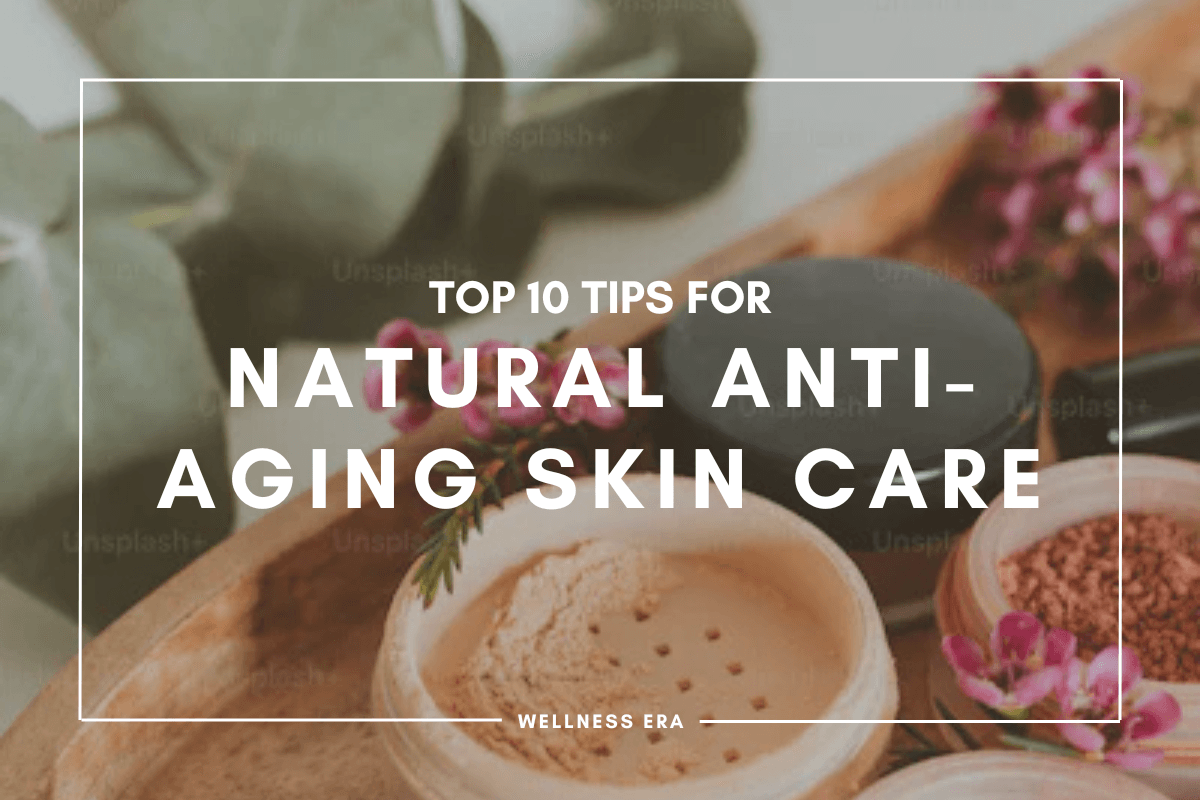What Are the Best Natural Remedies for Aging Skin?
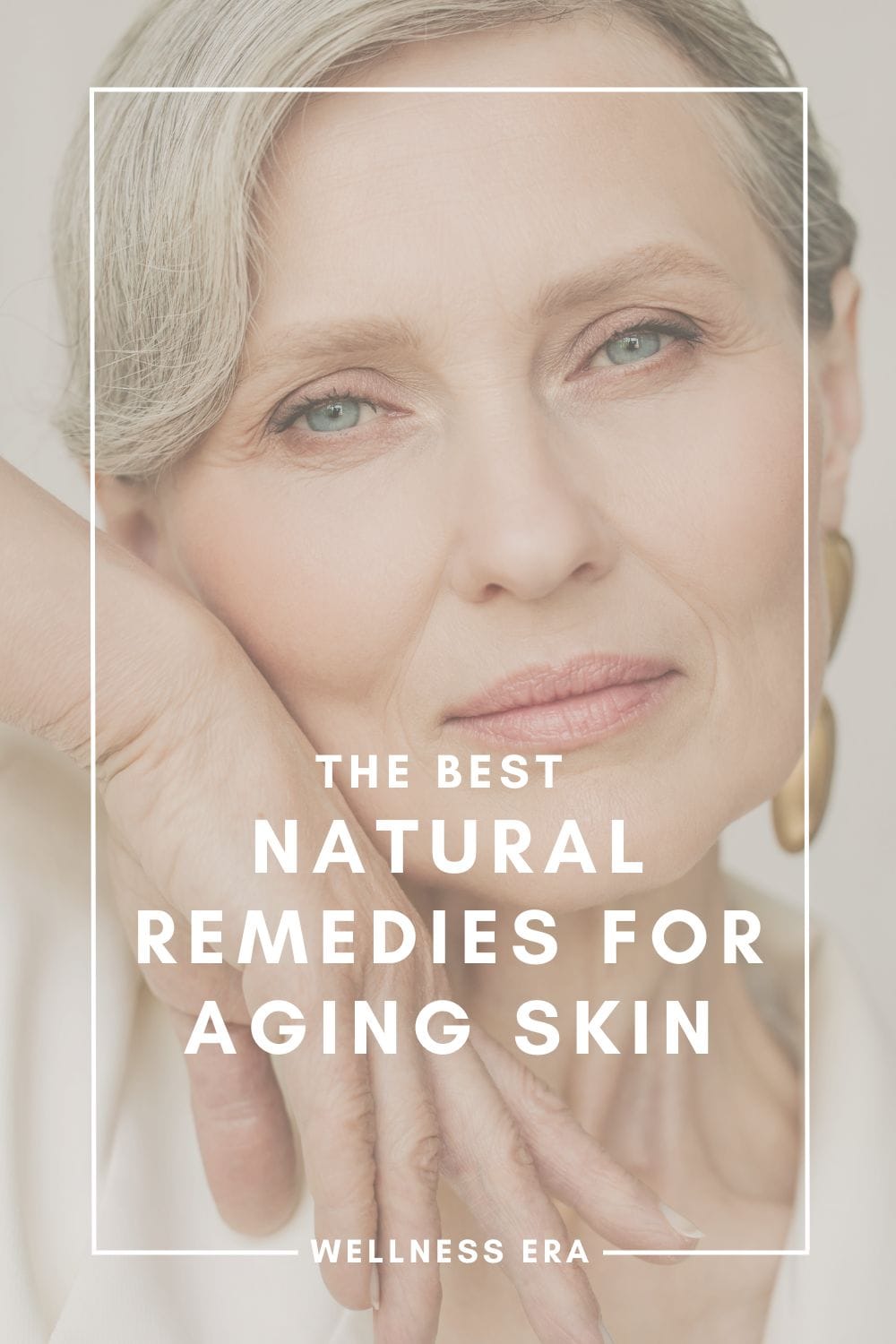
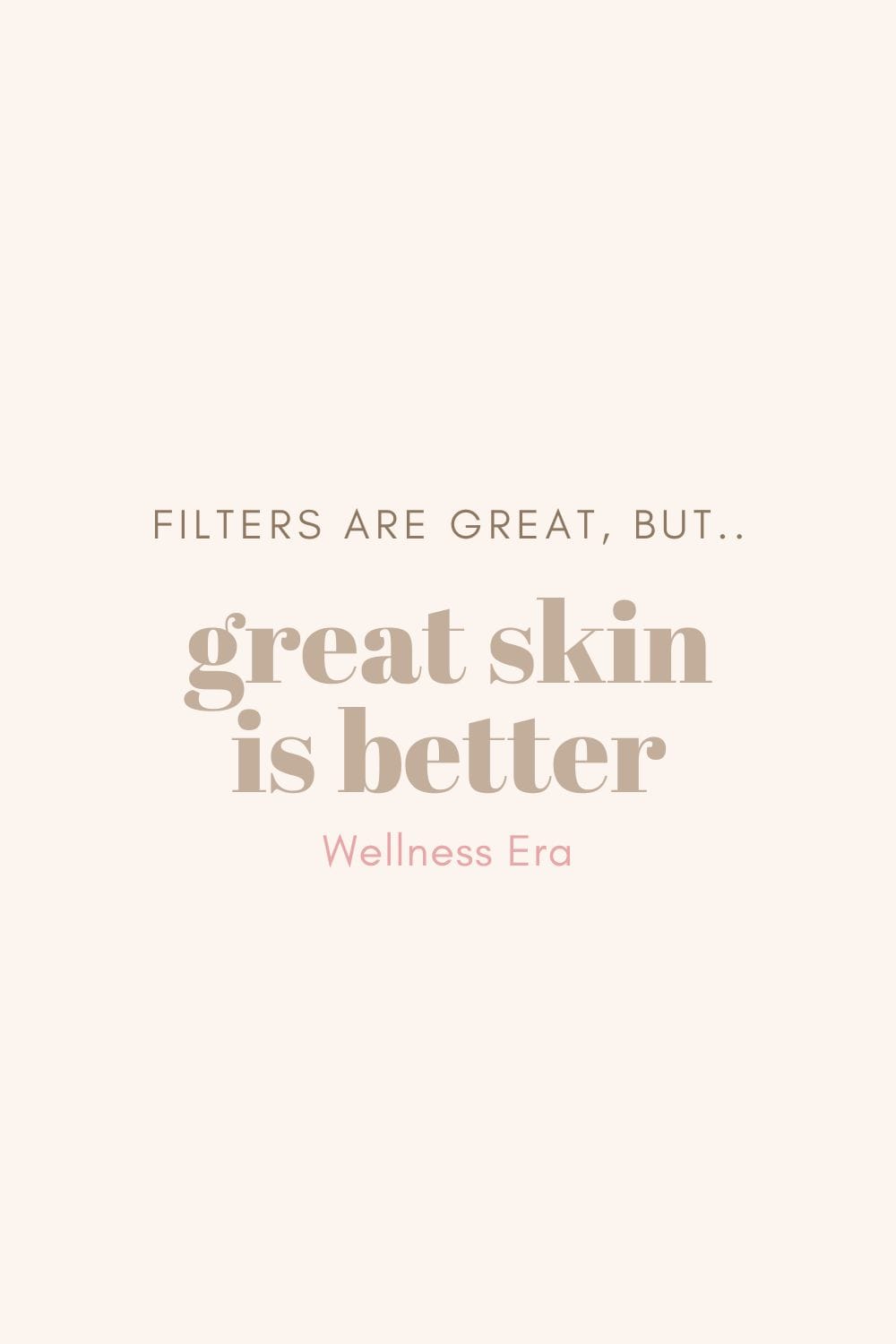
As we get older, it's natural for our skin to show signs of aging. But does that mean we have to accept dullness, fine lines, and wrinkles without a fight? Not at all! The good news is, there are gentle, natural remedies that can help slow the aging process and keep your skin looking radiant and youthful.
If you've been wondering how to tackle those first signs of aging without turning to harsh chemicals or invasive procedures, you're in the right place. In this post, we’ll dive into some of the best natural approaches to caring for aging skin—treatments that nourish, protect, and restore. These remedies are safe, effective, and support your skin’s natural ability to repair itself. Ready to explore how to maintain glowing, youthful skin with natural remedies? Let’s get started!
"This blog post is a comprehensive guide to natural skin care and may take some time to read fully. If you'd like to skip ahead, feel free to use the table of contents to jump to the sections that interest you most."
Understanding the Aging Process of Skin
Aging is a completely natural process that our skin goes through, but it’s important to understand why our skin changes over time and what exactly is happening beneath the surface. Knowing this can help you approach anti-aging remedies with a deeper understanding and confidence.
The aging of skin is influenced by both intrinsic (internal) and extrinsic (external) factors. Intrinsic aging is driven by genetics and the body’s natural processes, while extrinsic aging comes from environmental influences like sun exposure and pollution. Together, these factors impact the way our skin ages and the visible changes we notice.
1. Intrinsic Aging (Natural Aging Process)
Intrinsic aging is the process that naturally occurs over time, regardless of environmental factors. Starting in your mid-20s, collagen production—the protein responsible for keeping skin firm and elastic—begins to slow down (Quan et al., 2013). Elastin, which gives skin its bounce, also declines, causing sagging and fine lines. This gradual breakdown of structural proteins results in the wrinkles and sagging that many of us start to notice as we age.
Additionally, as the years pass, our skin’s ability to produce new cells slows down. This decreased cell turnover leads to the accumulation of dead skin cells on the surface, resulting in a dull and uneven texture (Avci et al., 2013). With time, sebum production (natural oils) decreases, making the skin drier and less resilient, which is why fine lines can become more visible (Makrantonaki & Zouboulis, 2007).
The natural thinning of the skin, particularly in the dermis (middle layer), makes skin appear more fragile and less able to recover from damage like bruising or tearing. Combined with the reduction of fat beneath the skin, this loss of volume contributes to a hollow or sunken look, especially around the eyes and cheeks (Sykes et al., 2014).
2. Extrinsic Aging (Environmental Aging Factors)
Extrinsic aging, on the other hand, is largely influenced by environmental factors, with sun exposure being the most significant cause. This is known as photoaging. The sun’s UV rays penetrate the skin, breaking down collagen fibers and causing wrinkles, pigmentation issues (like age spots), and loss of elasticity. Without proper protection, UV radiation accelerates aging and can lead to premature wrinkles (Schalka & dos Reis, 2011).
In addition to sun exposure, pollution plays a role in speeding up the skin’s aging process. Airborne pollutants create oxidative stress, which leads to the breakdown of collagen and elastin. The result? More wrinkles, loss of firmness, and dull skin (Vierkötter & Krutmann, 2012). Lifestyle habits like smoking and poor diet can also contribute to premature aging. Smoking restricts blood flow, depriving the skin of oxygen and nutrients, while sugar-rich diets contribute to the formation of advanced glycation end products (AGEs), which damage collagen and elastin, making skin less elastic and more prone to wrinkles (Danby, 2010).
3. Hormonal Changes
As we age, especially for women approaching menopause, hormonal fluctuations play a major role in skin aging. Estrogen, which helps maintain collagen production and skin hydration, decreases, leading to drier, thinner skin with more noticeable wrinkles (Thornton, 2013).
4. Oxidative Stress
Finally, free radicals generated by UV exposure, pollution, and stress create oxidative stress, which accelerates the breakdown of essential skin components like collagen. This contributes to wrinkles, sagging, and a rough texture(Packer et al., 2000). Free radicals are unstable molecules that damage cells, and combating them with antioxidants becomes key to slowing the aging process.
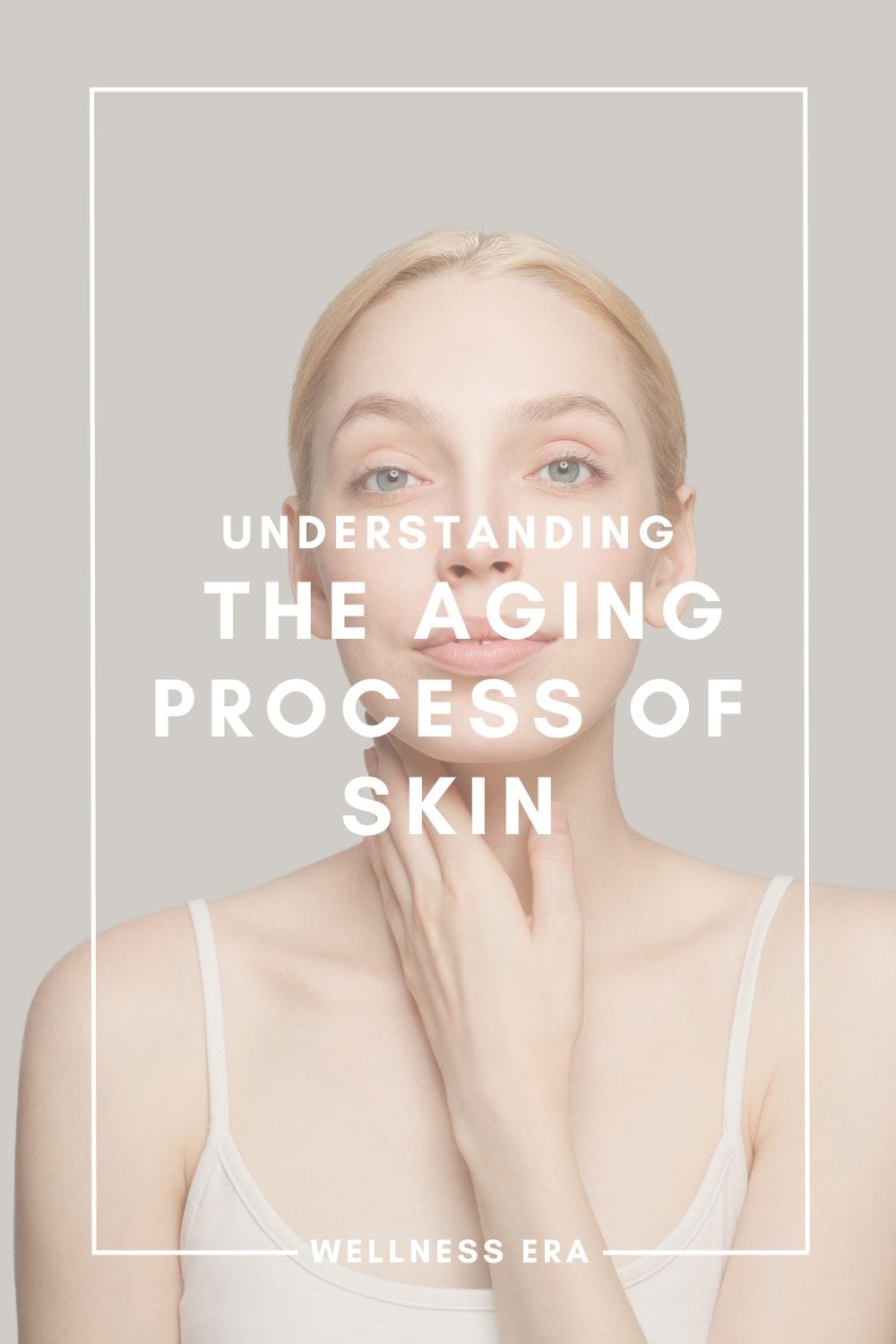
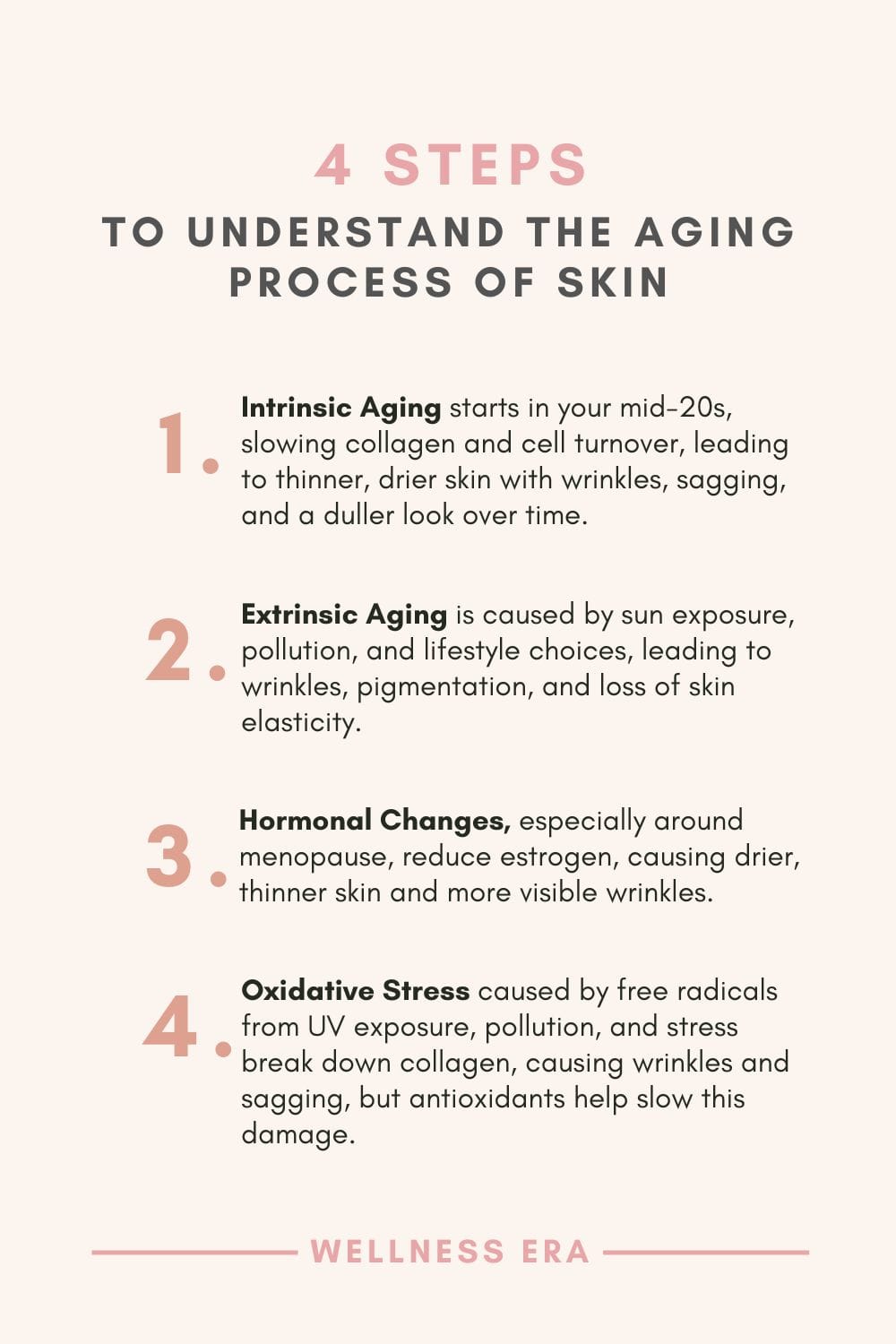
By focusing on these processes, you can give your skin the support it needs to age gracefully and maintain its natural radiance for years to come. Let’s find out how we can do this naturally:
References
Avci, P., Gupta, G.K., Clark, J., Wikonkal, N., & Hamblin, M.R. (2013). Low-level laser (light) therapy (LLLT) for treatment of hair loss. Lasers in Surgery and Medicine, 45(8), 485–495. (URL: Wiley Online Library)
Danby, F.W. (2010). Nutrition and aging skin: Sugar and glycation. Clinical Dermatology, 28(4), 409-411. (URL: ScienceDirect)
Makrantonaki, E., & Zouboulis, C.C. (2007). Skin alterations and diseases in advanced age. Dermato-Endocrinology, 1(5), 159-165. (URL: PubMed Central)
Packer, L., Weber, S.U., & Rimbach, G. (2000). Molecular aspects of alpha-tocotrienol antioxidant action and cell signalling. The Journal of Nutrition, 130(2), 365S-369S. (URL: PubMed)
Quan, T., Fisher, G.J., & Voorhees, J.J. (2013). Molecular mechanisms of cutaneous aging. Clinics in Dermatology, 32(3), 365–373. (URL: ScienceDirect)
Schalka, S., & dos Reis, V.M.S. (2011). Sun protection factor: Meaning and controversies. Anais Brasileiros de Dermatologia, 86(3), 507–515. (URL: PubMed Central)
Sykes, J.M., Nolen, D., & Kinney, B.M. (2014). Understanding facial aging and the current nonsurgical facial rejuvenation revolution. JAMA Facial Plastic Surgery, 16(4), 268-273. (URL: PubMed)
Thornton, M.J. (2013). Estrogens and aging skin. Dermato-Endocrinology, 5(2), 264–270. (URL: PubMed Central)
Vierkötter, A., & Krutmann, J. (2012). Environmental influences on skin aging and ethnic-specific manifestations. Dermato-Endocrinology, 4(3), 227–231. (URL: PubMed Central)
How Can We Slow the Skin’s Aging Process?
Now that we’ve explored the factors behind skin aging, the big question is: What can we do to slow down these processes? While we can't stop aging entirely, we can certainly take steps to preserve the youthful qualities of our skin by targeting key areas.
Here are the processes we can stimulate and protect to slow the visible signs of aging:
1. Prevent Collagen and Elastin Breakdown
Collagen and elastin are the building blocks that keep your skin firm and elastic. As we age, they naturally break down, but with the right natural remedies—like antioxidants and nutrients—you can help preserve these proteins and keep your skin looking smooth and supple.
If you’re ready to take your natural skincare game to the next level, you have to learn about collagen—your skin’s secret weapon for staying firm, bouncy, and radiant. The good news? You don’t need fancy treatments or chemical-filled products to support it! From eating vitamin C-packed foods to enjoying collagen-rich bone broth, there are so many easy, natural ways to keep your skin glowing and youthful. Curious to learn all the juicy details? Check out this guide on 7 Natural Remedies to Boost Collagen Production and discover how to protect and rejuvenate your skin with simple, wellness-inspired steps!
2. Boost Cell Turnover for Brighter Skin
Encouraging the production of new skin cells is key to maintaining a glowing complexion. As cell turnover slows with age, natural exfoliants and treatments that promote regeneration help reveal fresher, younger-looking skin.
Ever feel like your skin has lost its natural glow or looks a little dull? That’s often due to slower cell turnover as we age, but here’s the good news—you don’t need harsh scrubs or chemicals to revive your skin! Gentle, natural exfoliants like papaya, oatmeal, and honey can sweep away dead cells, brighten your complexion, and even help with fine lines and age spots. Want to know how to reveal smoother, glowing skin the natural way? Check out this guide to boosting cell turnoverwith natural exfoliants and discover how to refresh and rejuvenate your skin with ease!
3. Hydrate to Combat Dryness
Keeping your skin moisturized is crucial for preventing dryness, which can make fine lines and wrinkles more noticeable. Hydrating ingredients, help lock in moisture and keep your skin plump and soft.
Is your skin feeling tight, dry, or lacking that healthy glow? Hydration might just be the magic your skin is craving! Keeping your skin moisturized isn’t just about drinking water—it’s about using natural oils, hyaluronic acid, and barrier-protecting ingredients to lock in moisture and keep your skin plump and youthful. Ready to learn the easiest ways to combat dryness and give your skin a hydration boost? Check out this blog post: 5 steps for hydrating and combating dryness and discover how to keep your skin glowing from the inside out!
4. Improve Blood Circulation for a Healthy Glow
Aging can reduce blood flow to your skin, resulting in dullness and lack of vitality. Techniques like facial massage or using products that boost circulation can help your skin receive more oxygen and nutrients, restoring its natural glow.
Did you know that your skin’s natural glow is closely tied to how well blood is flowing beneath the surface? As we age, circulation slows down, making skin look dull and tired—but the good news is, you can fix that naturally! From soothing herbs like rosemary and gotu kola to simple practices like facial massage and dry brushing, there are so many ways to boost blood flow and bring back that radiant, youthful look. Ready to revitalize your skin? Check out this article toimproving blood circulation for a healthy glow and discover easy, natural tips to nourish your skin from within!
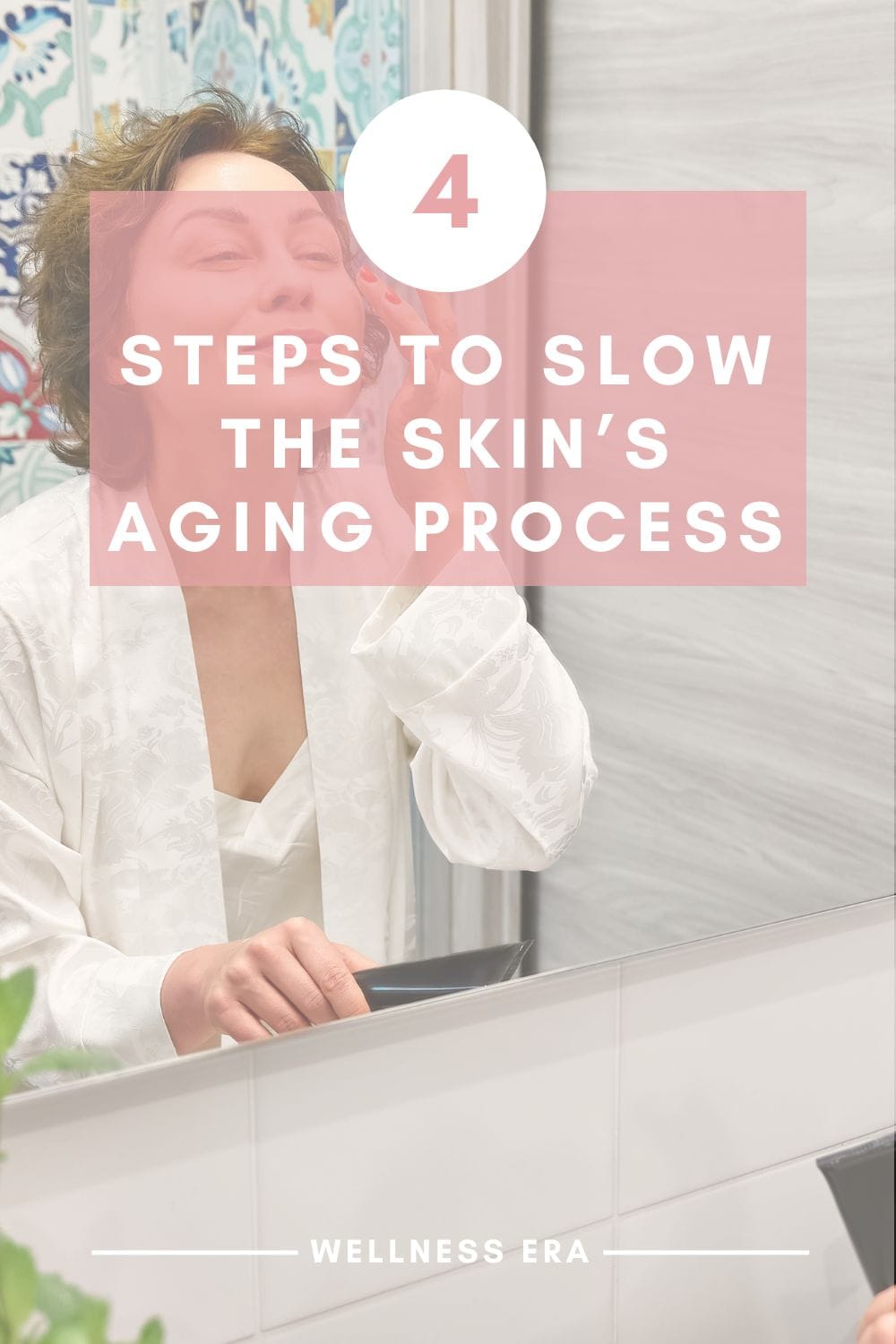
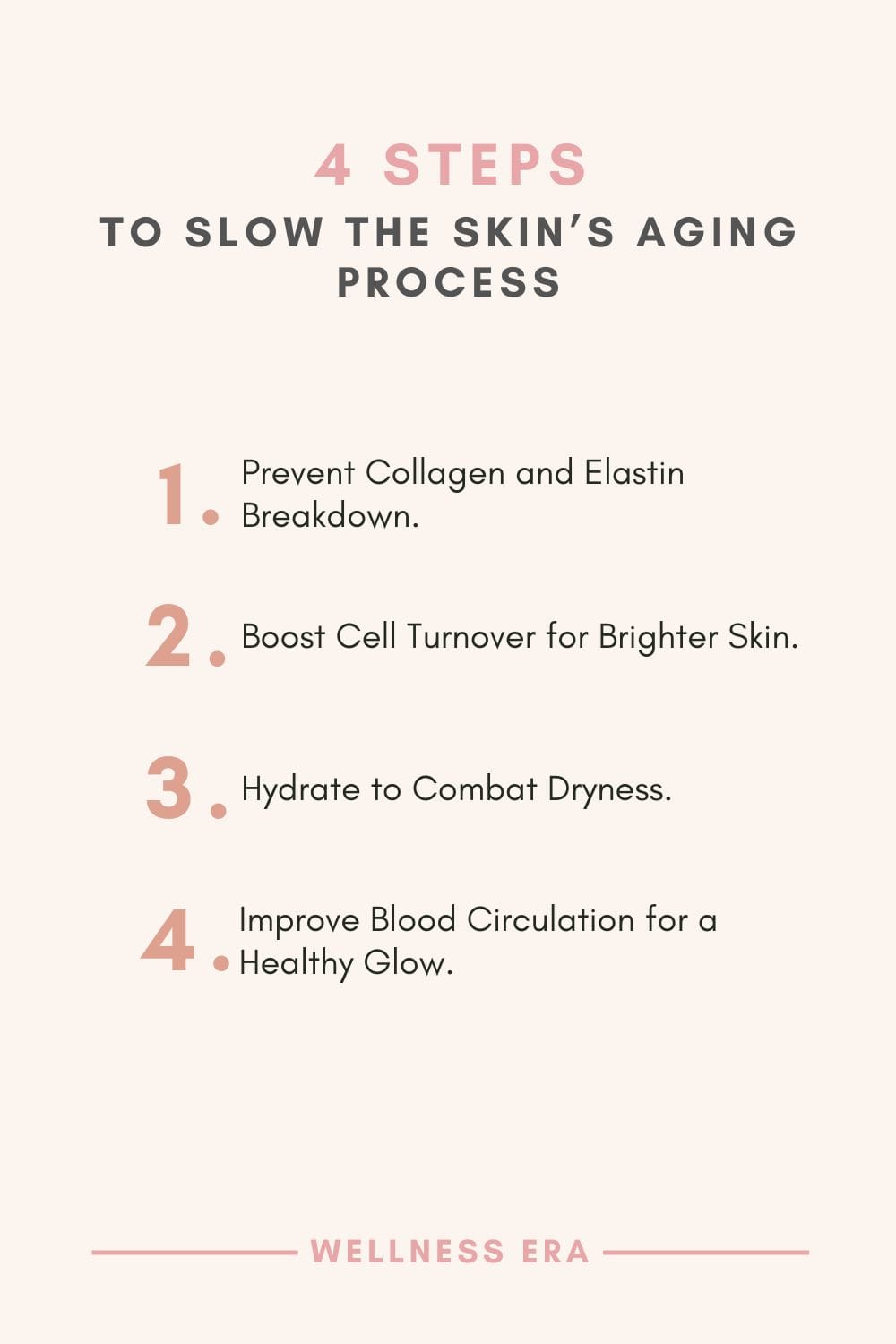
5. Protect Your Skin from UV Radiation and Environmental Damage
The sun’s harmful UV rays and pollution are major contributors to premature aging. Using natural sunscreens and antioxidant-rich skincare can protect your skin from these external stressors and prevent early signs of aging like wrinkles and hyperpigmentation.
So now you know that the sun and environmental pollutants are some of your skin’s biggest enemies when it comes to premature aging.. Don’t worry! Protecting your skin doesn’t mean slathering on harsh chemicals! From mineral sunscreens with zinc oxide to antioxidant-rich oils like raspberry seed oil, there are plenty of natural ways to shield your skin from UV damage and pollution. Want to learn how to keep your skin safe, radiant, and youthful the holistic way? Check out this guide to protecting your skin from UV radiation and environmental damage and discover simple tips for glowing, healthy skin every day!
6. Reduce Inflammation for Smoother Skin
Inflammation is a natural response of the body, but when chronic, it can accelerate the aging process, leading to redness, irritation, breakouts, and wrinkles. Reducing inflammation can result in smoother, healthier-looking skin.
The good news is that with a few mindful changes—like getting better sleep, managing stress, and embracing an anti-inflammatory diet—you can calm your skin and restore its smooth, radiant glow. From omega-3-rich salmon to antioxidant-packed berries and green tea, the right foods and habits make all the difference. Want to learn how to naturally reduce inflammation and support youthful, healthy skin? Check out this guide on reducing inflammation for smoother skin and discover simple steps to keep your skin looking its best!
7. Fight Free Radicals with Antioxidants
Free radicals from UV rays and pollution cause oxidative stress that damages your skin cells. Using antioxidants, both in your diet and skincare, can neutralize free radicals, protecting your skin from premature aging.
Did you know free radicals are one of the biggest culprits behind wrinkles, sagging, and dull skin? These unstable molecules, that are triggered by things like UV rays and pollution, attack collagen and elastin, accelerating the aging process. But don’t worry—antioxidants are your skin’s ultimate defenders! From vitamin C and E to green tea and niacinamide, antioxidants work to neutralize free radicals, protecting your skin and keeping it youthful. Curious about how to harness their power for glowing, healthy skin? Check out this blog about fighting free radicals with antioxidantsand learn how to keep your skin radiant from the inside out!
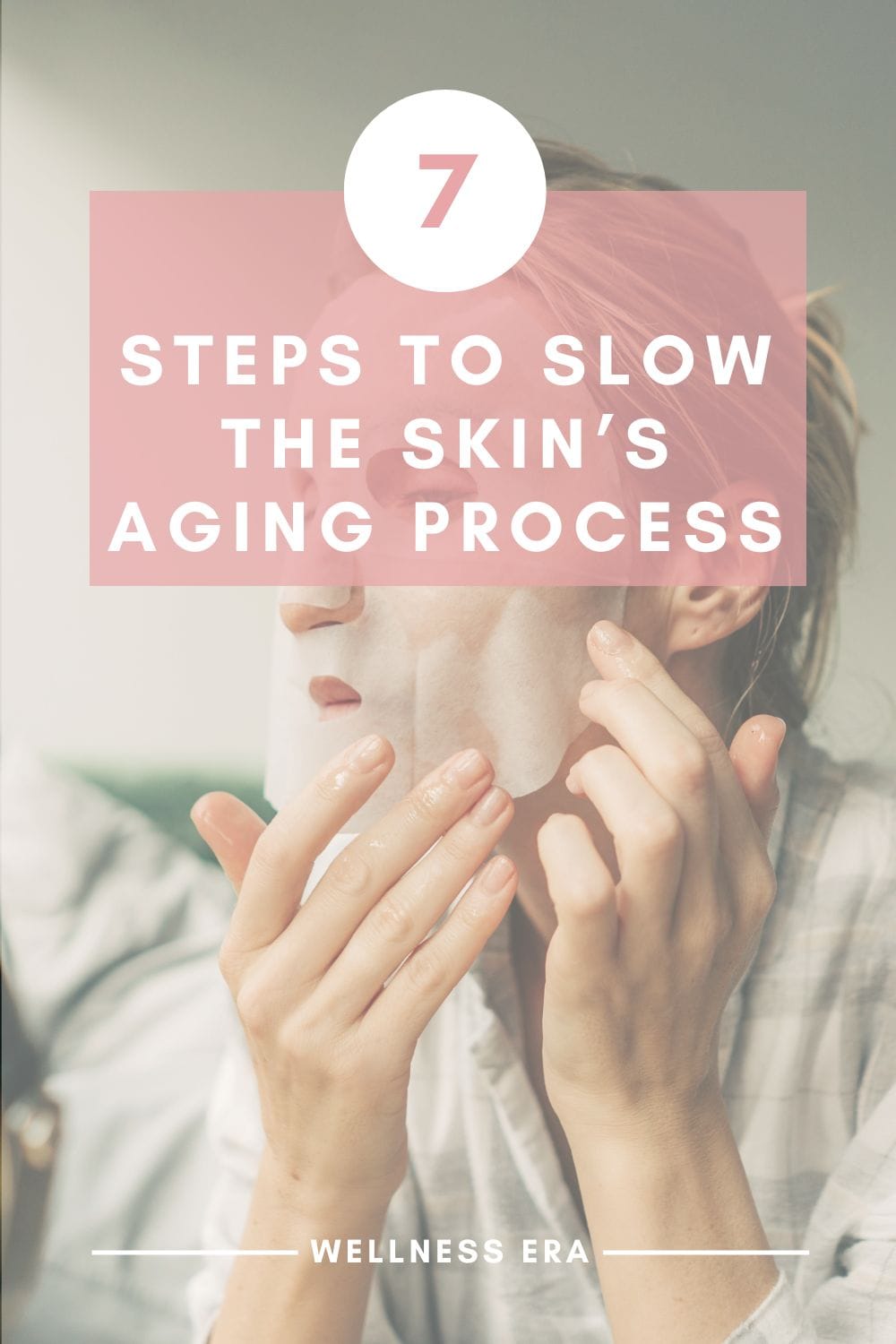
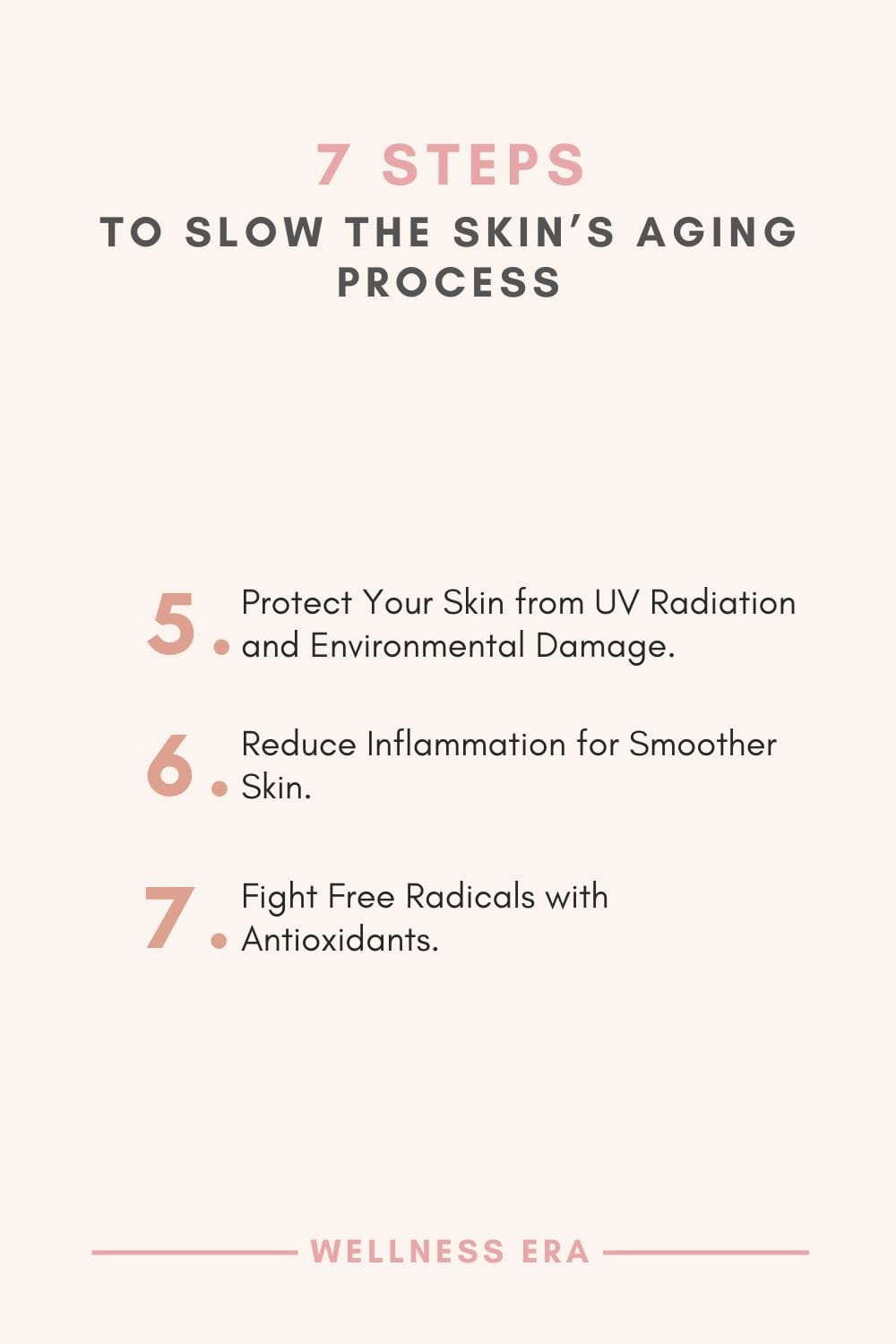
Embrace Natural Remedies for Radiant Aging Skin
Incorporating natural remedies into your skincare routine offers a powerful, gentle way to support aging skin. From boosting collagen production with vitamin C-rich foods to hydrating with oils like jojoba and rosehip, nature provides everything you need to nurture and rejuvenate your skin. By taking a holistic approach—focusing on protection, hydration, exfoliation, and reducing inflammation—you can slow the aging process and maintain a glowing, youthful complexion.
Remember, it's not about turning back the clock but embracing aging gracefully. The key lies in consistent self-care, including nourishing your body with anti-inflammatory foods, getting quality sleep, and managing stress. These simple, yet effective, natural solutions will help you feel confident in your skin at every stage of life. Start small by integrating one or two remedies, and as you notice improvements, build on these steps for long-term skin health and radiance.
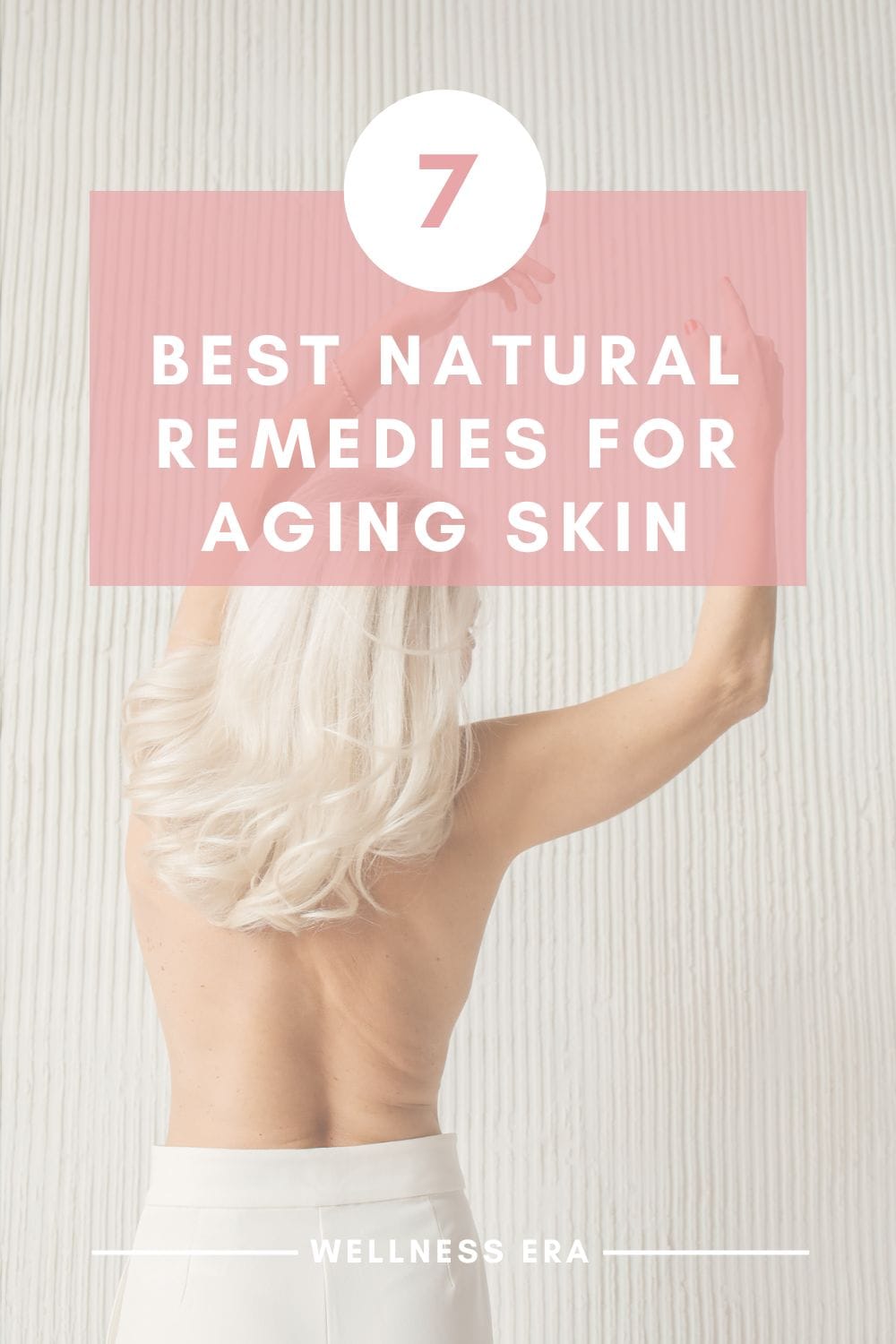
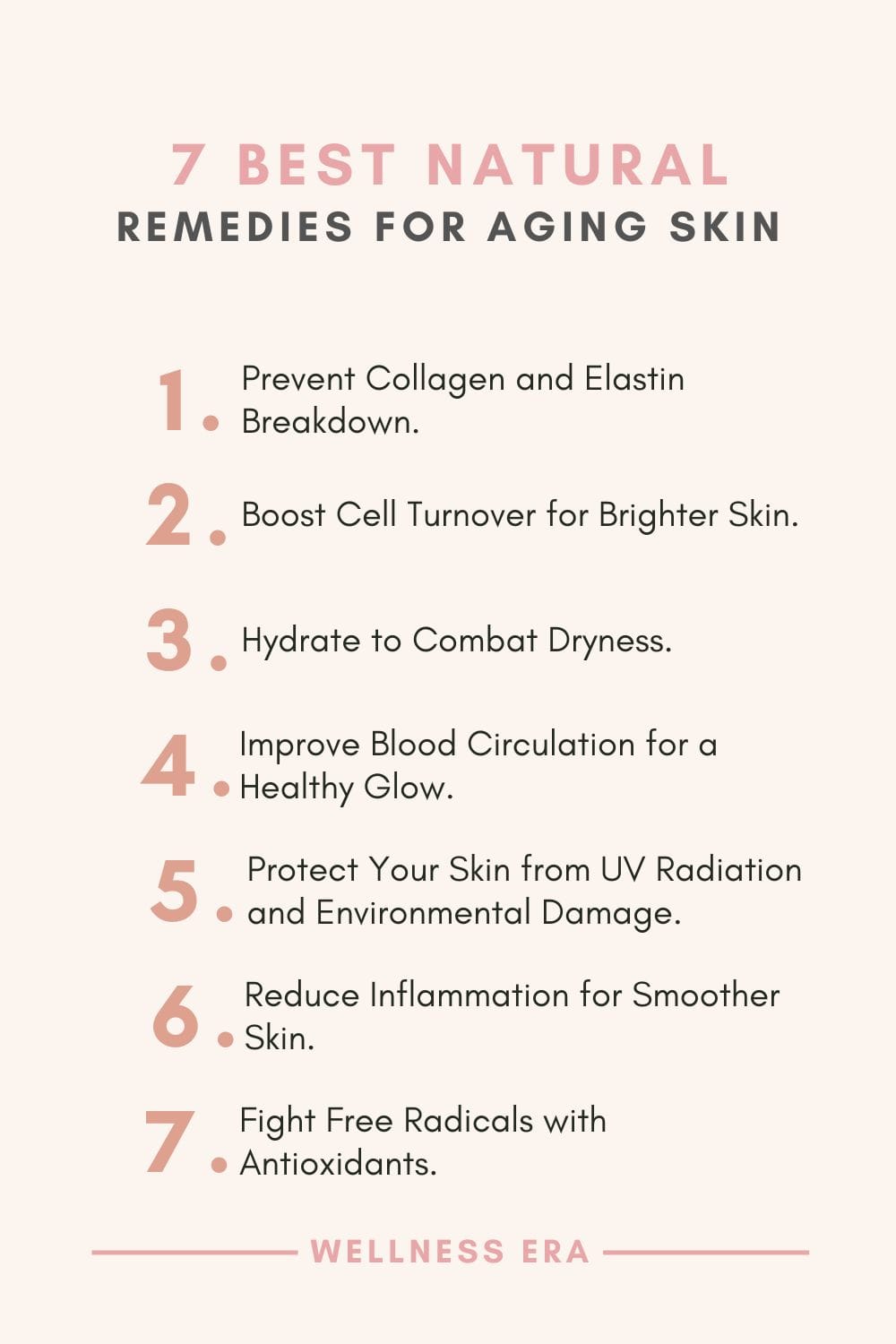
FAQ: Frequently Asked Questions About Natural Remedies for Aging Skin
1. What are the best natural anti-aging treatments?
The best natural anti-aging treatments focus on maintaining skin health through proper hydration, boosting collagen, and protecting against environmental damage. This includes using natural sunscreens with zinc oxide, applying topical vitamin C, and consuming antioxidant-rich foods like berries and green tea.
2. How can I reduce wrinkles at home naturally?
You can reduce wrinkles naturally at home by incorporating gentle exfoliation, moisturizing with oils like rosehip and argan oil, and applying vitamin C serums. Consuming foods rich in omega-3s and antioxidants, such as fatty fish and leafy greens, also helps protect the skin from premature aging.
3. Which oils are best for anti-aging skin?
Oils like argan, rosehip, jojoba, and pomegranate seed are among the best for anti-aging. They provide hydration, support collagen production, and contain antioxidants that protect the skin from free radical damage, promoting a smoother, more youthful appearance.
4. Can you slow down aging naturally?
Yes, you can slow down aging naturally by protecting your skin from UV damage, eating a diet rich in antioxidants and healthy fats, staying hydrated, managing stress, and getting adequate sleep. Regular exercise and facial massages can also boost circulation, supporting skin health.
5. What foods help reduce wrinkles?
Foods rich in omega-3 fatty acids (like salmon), antioxidants (such as berries and green tea), and vitamin C (found in citrus fruits and leafy greens) are excellent for reducing wrinkles. These foods help protect collagen, reduce inflammation, and support the skin’s natural repair processes.
Here is something you might also like..
Would you like to receive something special?
Try out the best, inspirational weekly newsletter for your natural wellness era!
My Wellness Era Weekly
SUBSCRIBE TO OUR NEWSLETTER
Your Weekly Dose of Natural Wellness
Fill out the form below, and you will reveice "My Wellness Era Weekly" delivered to your inbox.
What you can expect: a short, warm, and personal note from our founder. Mindset shifts, journal prompts, or self-care reminders. Inspiring quotea related to wellness, mindfulness, or self-love. Small, actionable wellness habits you can try. Recomendations we love, are testing, or recently discovered. Highlights of our latest blog posts.
+++ What we’re loving every single week.
QUICK LINKS
SOCIAL
CATEGORIES



